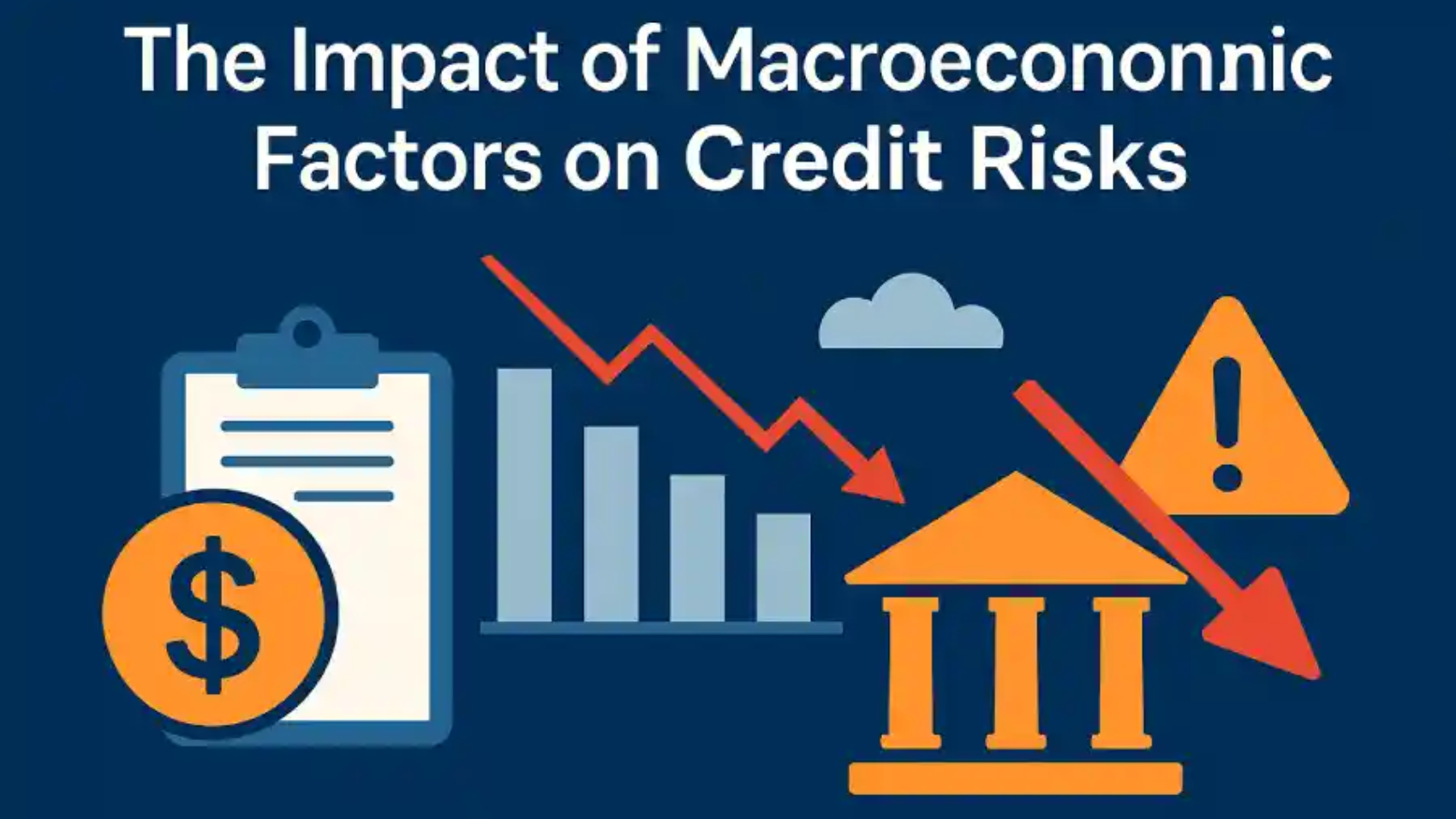Macroeconomic conditions play a role in credit risk assessment, which determines the success of portfolio performance and capital adequacy. National economic growth, inflation, interest rates, and unemployment are some examples of variables that financial institutions use to make their predictive models and stress tests. Accurate predictions help financial institutions remain compliant with regulatory principles and implement high-quality economic practices. Here are insights on the impact of macroeconomic factors on credit risks:
GDP Growth and Default Rates
A comprehensive credit risk assessment involves insights into gross domestic product (GDP) performance to predict overall economic balance. Default rates typically decrease during periods of economic expansion when employment and income increase. Adverse GDP rates imply that the economy is affected by an increase in loan delinquency. Probability of default metrics incorporated in credit risk assessment models can become more or less responsive to the GDP as the forecast data provides guidance. Stress-testing frameworks apply various economic loss scenarios, such as baseline, adversity, and severely adverse, to determine capital adequacy. Financial institutions also keep track of GDP exposure to individual sectors to predict potential effects on commercial lending.
Inflation and Financial Stability
Credit risk evaluation models incorporate inflation forecasts to estimate the effects of inflation on default rates. Continued inflation lowers consumers’ buying power and increases the cost of capital. As inflation increases, banks tend to raise interest rates to minimize price inflation. These increased borrowing rates may cause repayment stress to both consumers and businesses. The inflation risk in long-term lending might necessitate a reassessment of credit terms or inflation-linked products to avoid exposure to risk.
Interest Rates and Credit Exposure
Varying interest rates affect the price of borrowing and the demand for credit. Portfolios of variable-rate loans tend to be highly susceptible to rate increases, which can make borrowers experience an increase in payment burdens. Delinquency rates also increase when rates increase. Credit risk models combine the rate sensitivity when calculating the probability of defaults and the value of assets. Institutions often use scenario analysis to simulate changes in interest rates and establish possible risk exposure. Proper estimations allow institutions to price credit products based on the risk and liquidity terms.
Unemployment and Borrower Capacity
Consumer credit risks are associated with borrower repayment ability, which can be directly related to unemployment rates. A high unemployment rate usually increases default rates in personal loans, auto loans, and residential mortgages. Appropriate credit risk assessment models monitor employment patterns to update the weightings assigned to their risks. Financial institutions can increase the credit standards in areas with a high unemployment risk to anticipate and minimize risks. Observing developments within the labor market facilitates more accurate provision and portfolio management services.
National Debt and Systemic Risk
High rates of national debt may limit the government’s ability to act in response to economic shocks. This brings implications regarding credit risk at the institutional and national levels. During credit modeling, fiscal indicators are assessed when measuring a country’s risk and exposure to cross-border activities. In emerging countries, large debt-to-GDP ratios can affect capital outflows or constrain the credit quality of the public and private sectors. Integrating national data and macroeconomic patterns into credit decisions informs systemic lending policies.
Get an Accurate Credit Risk Assessment
Credit risk measurement models evaluate macroeconomic factors to help financial institutions forecast loan performance more effectively. Observing variables like GDP and interest rates protects lenders against the possibility of losses. This macro-based technique is also beneficial for capital planning and credit portfolio management. Contact a financial analyst today to learn more about getting a comprehensive credit risk evaluation.

